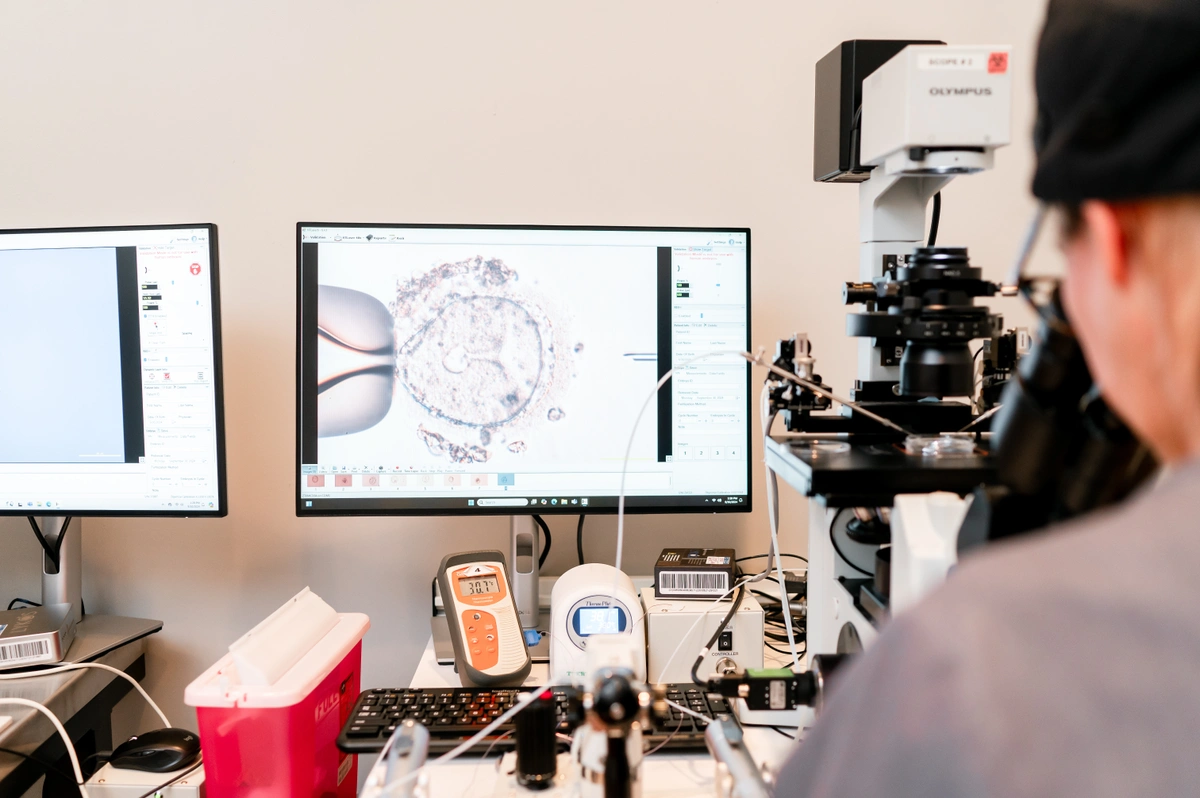
Fertility Clinic Success Rates: What You Need to Know
When choosing a fertility clinic, success rates are often a key consideration for patients. These rates provide insight into the clinic’s track record of helping individuals and couples achieve their dream of parenthood. However, understanding what success rates mean, how they are calculated, and what factors influence them is essential to making an informed decision. Here, we break down everything you need to know about fertility clinic success rates.
What Are Success Rates?
Fertility clinic success rates typically measure the percentage of treatment cycles that result in a live birth. These rates are often reported for specific procedures, such as in vitro fertilization (IVF), intrauterine insemination (IUI), or egg freezing. The data may also include outcomes for different patient groups based on age, type of infertility diagnosis, and the use of donor eggs or sperm.
How Are Success Rates Calculated?
Success rates are calculated based on the number of treatment cycles performed and the outcomes achieved. For example:
-
Live Birth Rate Per Cycle Started: The percentage of cycles that result in a live birth, including cycles where no embryo transfer occurred.
-
Live Birth Rate Per Embryo Transfer: The percentage of embryo transfers that lead to a live birth.
-
Cumulative Success Rates: The likelihood of achieving a live birth over multiple cycles.
Clinics report these rates to organizations such as the Society for Assisted Reproductive Technology (SART) and the Centers for Disease Control and Prevention (CDC) in the United States. These organizations publish annual reports to provide patients with transparent and standardized data. You can find SART’s 2022 National Summary Report and the CDC’s 2021 National Summary Report linked here.
Factors That Affect Success Rates
It’s important to understand that success rates can vary widely due to several factors:
-
Age of the Patient: Fertility declines with age, particularly after age 35 for women, which can impact the likelihood of success.
-
Cause of Infertility: Certain diagnoses may be more challenging to treat, affecting outcomes.
-
Type of Treatment: Some procedures, like IVF with donor eggs, may have higher success rates than others.
-
Clinic’s Patient Population: Clinics that specialize in complex cases or older patients may have lower average success rates compared to clinics treating younger, less complex cases.
-
Treatment Protocols: Variations in lab techniques, embryo freezing methods, and other protocols can influence success.
Interpreting Success Rates
When reviewing fertility clinic success rates, keep the following in mind:
-
Compare Rates Fairly: Look at data relevant to your age group, diagnosis, and type of treatment.
-
Ask About Live Births, Not Pregnancies: A positive pregnancy test is not the same as a successful live birth.
-
Consider Cumulative Rates: Many patients achieve success after multiple cycles, so cumulative rates may provide a clearer picture.
-
Understand the Data’s Context: High success rates might reflect selective criteria for accepting patients, which could exclude those with more complex cases.
What Else Should You Look for in a Fertility Clinic?
While success rates are important, they’re not the only factor to consider. Evaluate other aspects of the clinic, such as:
-
Patient Support: Look for a clinic that offers emotional support, financial counseling, and a patient-friendly environment.
-
Transparency: Choose a clinic that is open about their data, protocols, and patient outcomes.
-
Experience: Consider the qualifications and experience of the clinic’s physicians and embryologists.
How to Use Success Rates in Your Decision
At AFCC, our success rates have consistently been higher than the national average for the past 20 years. You can check out our 2022 preliminary success rates here.
Ultimately, success rates should be one of many factors guiding your choice of a fertility clinic. Our team of board certified reproductive endocrinologists can help you interpret the numbers in the context of your unique medical history and fertility goals. Remember, every fertility journey is different, and the right clinic for you is one that provides personalized care tailored to your needs.
Conclusion
Fertility clinic success rates can provide valuable insight into a clinic’s expertise and track record, but they’re only part of the story. By understanding how these rates are calculated and what they represent, you’ll be better equipped to choose a clinic that aligns with your goals and offers the best possible support on your path to parenthood. For more information or to schedule a consultation, contact us today!
Categories
About the AFCC Blog
Welcome to the Advanced Fertility Center of Chicago’s blog! Here, you will find information on the latest advancements in fertility care and treatments, including IVF, IUI, third-party reproduction, LGBTQ+ family building, preimplantation genetic testing, and more. Since 1997, we’ve used our experience and continuous investment in the latest fertility technology to help thousands of patients grow their families. Contact us today for more information or to schedule a new patient appointment.

